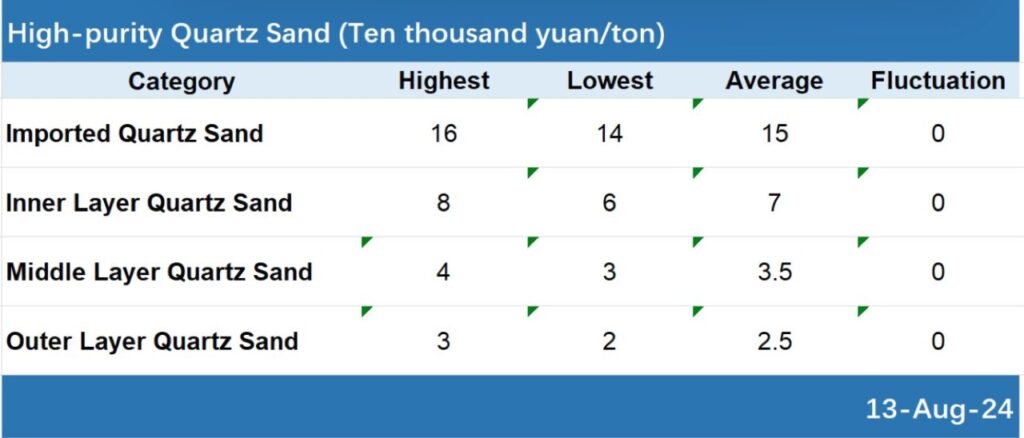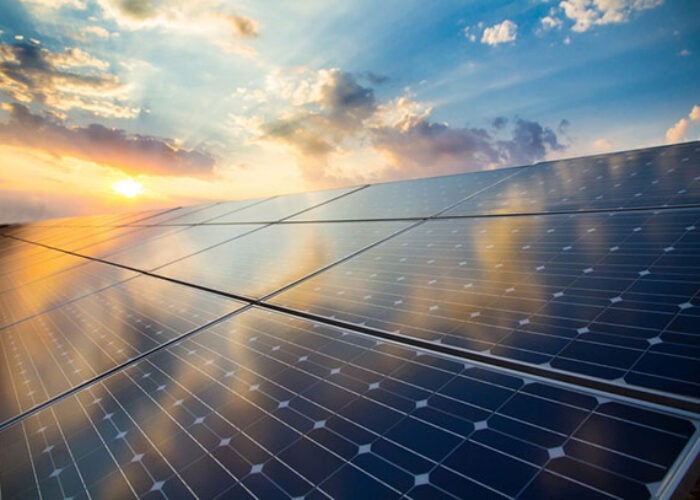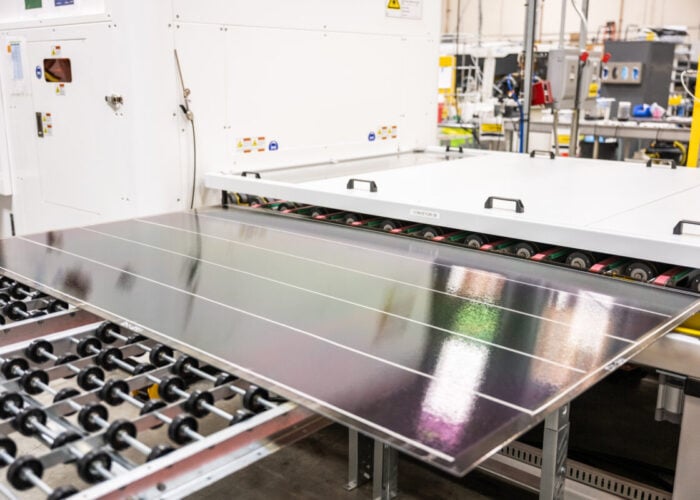
Over the past two years, high-purity quartz sand has been considered one of the supply bottlenecks in the PV industry. Its price remained high, which had brought considerable profits for companies involved in its production.
High-purity quartz sand is mainly used for producing PV quartz crucibles in the PV industry. It is an important consumable in ingot pulling, during which PV quartz crucibles are used to hold molten polysilicon. The natural quartz sand used in their construction must have a purity above 99%, and PV quartz crucibles need to be replaced after about 350 hours of use.
Unlock unlimited access for 12 whole months of distinctive global analysis
Photovoltaics International is now included.
- Regular insight and analysis of the industry’s biggest developments
- In-depth interviews with the industry’s leading figures
- Unlimited digital access to the PV Tech Power journal catalogue
- Unlimited digital access to the Photovoltaics International journal catalogue
- Access to more than 1,000 technical papers
- Discounts on Solar Media’s portfolio of events, in-person and virtual
A research report from Zheshang Securities shows that, taking the M10 wafer as an example, the cost of high-purity PV quartz crucibles accounts for about 13% of non-silicon cost. It is one of the major non-silicon costs of wafers. The cost of high-purity quartz sand, which is the primary material in crucible production, accounts for 62% of the cost of PV quartz crucibles.
Starting from 2024, prices at all stages of the PV industry chain have fallen, with the prices of both primary and auxiliary materials continuing to fall. The price of some products has even dropped below the cost of production, putting immense pressure on companies.
High-purity quartz sand is a relatively profitable sector. However, against the backdrop of uncertain economics in the PV sector as a whole, the price of high-purity quartz sand has also fallen.
According to data from the Silicon Industry Branch, the price of inner-layer high-purity quartz sand, used in the inner layer of the quartz crucible, has rapidly fallen from CNY415,000/ton (US$63,048/ton) at the beginning of year to the current CNY70,000/ton (US$9,807/ton). The price of middle-layer quartz sand, used in the middle layer of the quartz crucible, has also fallen from an average of CNY220,000/ton (US$30,823/ton) at the beginning of the year to the current CNY35,000/ton (US$4,904/ton).
The decline in the price of outer-layer quartz sand, used in the outer layer of the quartz crucible, has been slower, but the price had also dropped from an average of about CNY85,000/ton (US$11,909/ton) at the beginning of the year to the current CNY12,500/ton (US$1,751/ton).

In Q1 of this year, China’s high-purity quartz sand sector featured stable performance accompanied with minor fluctuations. Sand companies were focusing on fulfilling annual orders. At the same time, due to the weakening demand on wafers, there were temporarily no transactions for high-purity quartz sand.
Entering Q2, the overall demand for domestic PV had quickly weakened and the inventory accumulation had sped up. The prices had fallen below the cost of production. Driven by cost pressure, the prices of auxiliary materials had begun to fall.
Due to fewer high-purity quartz sand transactions, the inventory level was higher compared to other segments. At the same time, the price of imported sand was more favorable, which had led to a rapid decline in quartz sand prices.
For the supply and demand forecast of H2, the Silicon Industry Branch predicts that as the overall oversupply will remain unchanged, price will continue to fall, mainly for sand used in the middle and inner layer.
In addition, high-purity quartz sand will witness domestic substitution for imports. Looking forward to 2025, the Silicon Industry Branch expects that as the rate of new capacity additions in the global solar sector is likely to grow, the subsequent demand for quartz sand will be considerable, and the price of high-purity quartz sand may fluctuate upward.







